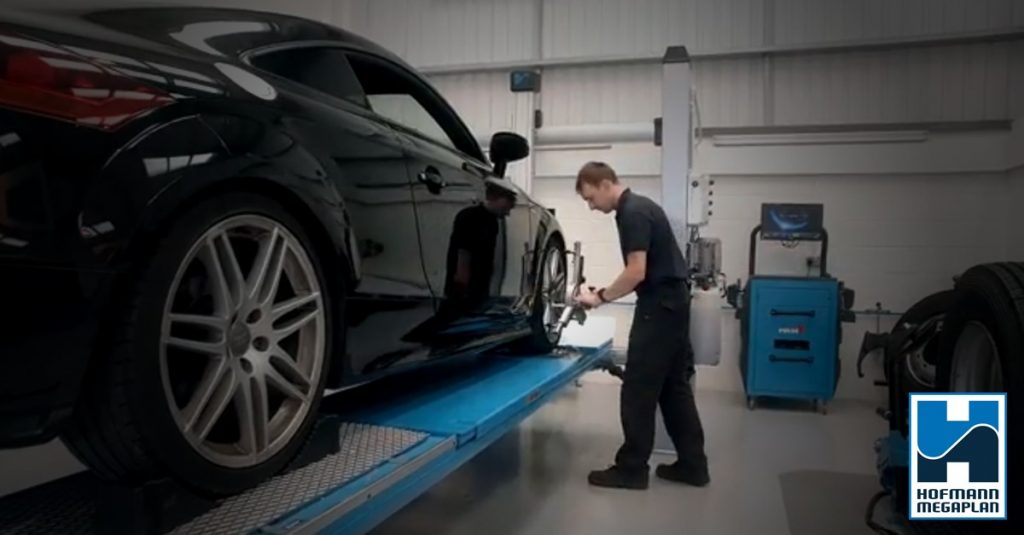Correct wheel alignment ensures the wheels on your car are set to the correct angle in relation to the road surface. Properly aligned wheels have several benefits, including improved handling and stability, as well as reduced tyre wear and better fuel efficiency, so it’s important to make sure your wheel alignment is correct.
Wheel alignment problems can happen for a number of different reasons, such as driving over a pothole or dropping off a kerb. You might not even realise it’s happened at first, but there are a number of signs you can look out for. Such as:
- Steering is not straight
- Uneven tyre wear
- The steering pulls to one side
To reduce the risk of alignment problems, we recommend that you have your wheel alignment checked and corrected every 12 months or every 12,000-15,000 miles. This can help prolong the life of your tyres and reduce the strain on the suspension components.
Normal alignment methods use manual measurements to adjust the position of the front wheels, while our advanced wheel alignment technology corrects all four wheels using a series of laser sensors. These sensors are used to measure the main alignment angles on your vehicle, allowing our team of experts to quickly identify and adjust even the slightest misalignment including the front and rear camber and toe angles. The position and angle of each wheel is then compared with the vehicle manufacturer’s recommendation and adjusted as required, ensuring the alignment of each wheel is perfect before you drive away.

